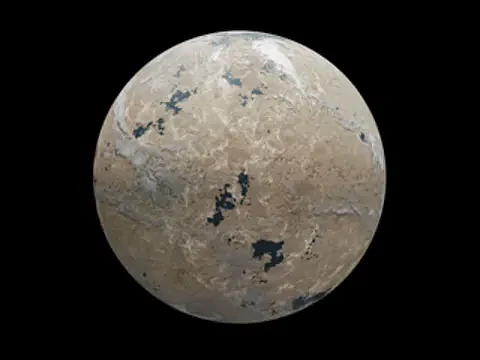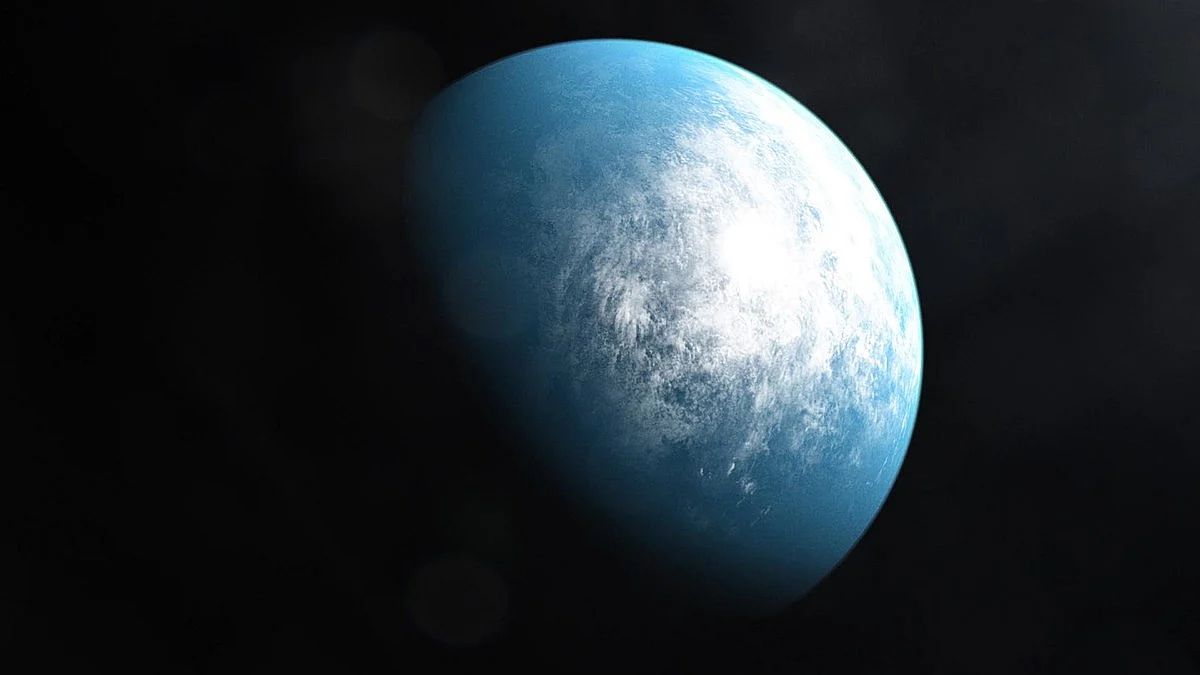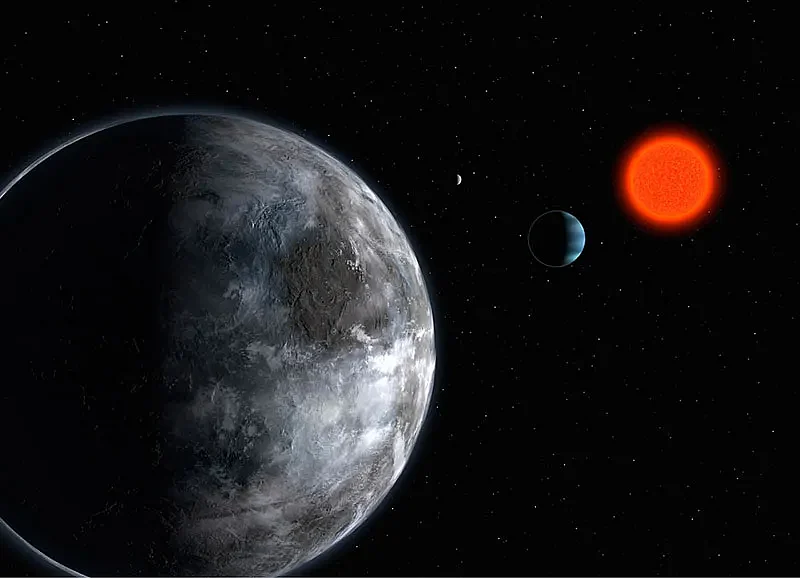There are many mysteries in the vastness of space, but one that really piques our interest is the possibility that planets exist outside of our solar system. These are known as exoplanets, and astronomers are always finding new ones that provide insight into the variety of worlds that exist in the universe.
What Are Exoplanets?
Planets that orbit stars other than our Sun are known as exoplanets. They were thought to exist for centuries until the discovery of the first exoplanet in 1995. Since then, thousands of confirmed exoplanets have been found thanks to technological breakthroughs. These exoplanets come in a vast array of sizes, compositions, and orbital distances from their stars. Some are scorching gas giants, while others are rocky and terrestrial, like Earth.
The Curious Case of SPECULOOS-3b
The most recent exoplanet discovery is SPECULOOS-3b, which was made by a group of Massachusetts Institute of Technology (MIT) astronomers at the University of Liège. This recently discovered world is about 55 light-years away from Earth, and it is about the size of Earth. SPECULOOS-3b, however, is probably very different from Earth. It revolves around a cool red dwarf star, which is considerably fainter than the Sun.
Despite being close to its star, SPECULOOS-3b is most likely surrounded by radiation, which could destroy any atmosphere it once had. Its brief orbital period of only 17 hours further raises the possibility that it is tidally locked, with one side always facing the star and the other in perpetual darkness.
The MIT researchers confirm the detection of SPECULOOS-3b, an Earth-sized, likely airless planet that the team discovered using a network of telescopes as part of the SPECULOOS (Search for Planets Eclipsing ULtra-cOOl Stars) project.
The new planet orbits a nearby ultracool dwarf, a type of star that is smaller and colder than the sun. Ultracool dwarf stars are thought to be the most common type of star in our galaxy, though they are also the faintest, making them difficult to spot in the night sky.
Earth-Like Planets: A Glimpse of Potential
While SPECULOOS-3b may not be a habitable candidate, the hunt for Earth-like exoplanets continues. Scientists are particularly interested in planets located within a star's habitable zone, the region where liquid water could exist on the surface.
A few such exoplanets have been identified, including:

Proxima Centauri b | NASA
Proxima Centauri b: Our nearest star neighbor, the faint red dwarf Proxima Centauri, is orbited by this rocky planet, which was discovered in 2016. Although it is in the habitable zone, its nearness to its star could make it vulnerable to strong stellar flares, which could jeopardize its habitability.

Kepler-186f | NASA
Kepler-186f: This exoplanet is within the habitable zone of its star and is situated approximately 500 light-years away. It is marginally bigger than Earth and might have a rocky surface. To ensure that it is suitable for life, more observations are necessary.

TOI-700 d | NASA
TOI-700 d: Located in the habitable zone of the red dwarf planet TOI-700, the outermost planet in the system, TOI-700 d is a near-Earth-sized exoplanet that is probably rocky. It lies in the Dorado constellation, about 101.4 light-years from Earth.

Gliese 581c | NASA
Gliese 581c: The exoplanet Gliese 581c orbits the Gliese 581 system. Third in order from the star, it is the second planet in the system to be found. It is categorized as a super-Earth if its mass is at least 5.5 times that of the Earth.
The remarkable advancements in the study of exoplanets are exemplified by the discovery of SPECULOOS-3b and the continued hunt for planets similar to Earth. We may anticipate discovering even more fascinating alien worlds as technology develops, which will help us get a better understanding of our place in the vast cosmos.









